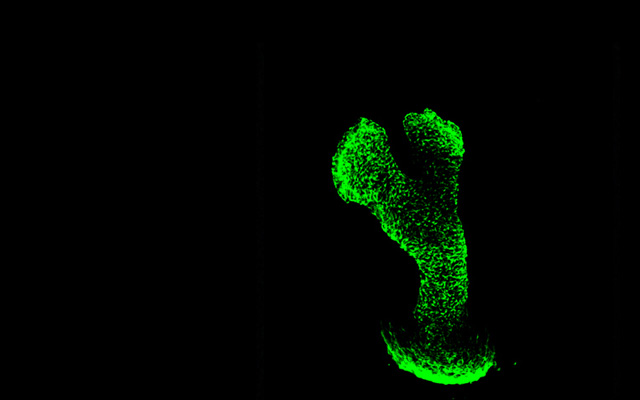R9AP is a Common Receptor for EBV Infection in Epithelial Cells and B Lymphocytes
LI Yan, ZENG Musheng*
EBV (Epstein-Barr virus) infects over 90% of the global population and is associated with various diseases, including infectious mononucleosis, multiple autoimmune disorders, and malignant tumors. Previous studies have demonstrated that EBV employs distinct glycoprotein-receptor combinations to infect its two major host cell types: epithelial cells and B lymphocytes. Nevertheless, the glycoproteins gH/gL and gB are essential for viral entry into both cell types. Notably, the gH/gL-specific antibody AMMO1 can effectively inhibit EBV infection in both epithelial cells and B lymphocytes. Whether a common receptor exists that mediates EBV entry into both cell types has remained unknown. To address this question, the research team employed a highly efficient EBV infection model and, through library screening, identified R9AP (RGS9 anchor protein) as essential for EBV entry into both epithelial cells and B lymphocytes. Further studies revealed that in epithelial cells, R9AP cooperates with EphA2 (ephrin receptor A2) to interact with the EBV glycoprotein gH/gL, while in B lymphocytes, R9AP cooperates with HLA class II to interact with the EBV glycoprotein complex gp42/gH/gL, thereby mediating the membrane fusion process between the virus and host cells. Additionally, the study found that R9AP-derived peptides and monoclonal antibodies can significantly inhibit EBV infection, suggesting their potential as targets for EBV prevention and vaccine development.




 CN
CN EN
EN